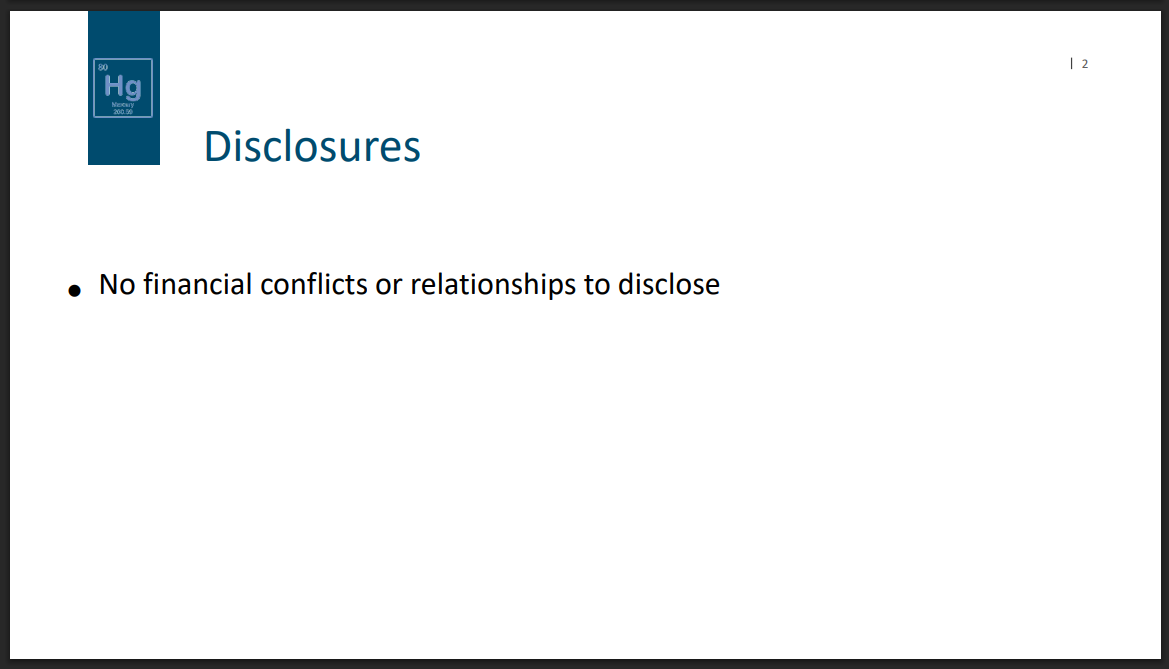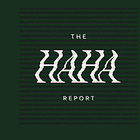Gold Standard of Plagiarism: How a CDC Slide Deck Recycled Discredited CHD Claims
The CDC slides don’t just echo CHD’s claims—they replicate them, word for word in some cases, along with many of the same citations.
If you enjoyed this post, please press the ❤️ and help us reach more people.
We found that a 2006 Children’s Health Defense (CHD) article and the 2025 ACIP presentation share extensive textual overlap.1 The CDC slides don’t just echo CHD’s claims—they replicate them, word for word in some cases, along with many of the same citations.
The narrative arc is identical: raise safety concerns, cite regulatory failures, suggest biochemical harm, and end with claims of policy inaction.
Both the 2006 Children’s Health Defense article and the 2025 ACIP slides emphasize the lack of sufficient studies to support thimerosal’s safety, describe it as merely bacteriostatic rather than bactericidal, and cite the embryonic chick heart study to argue toxicity.
Both claim thimerosal was no better than water at protecting mice from infection. The documents repeat claims about “windows of vulnerability” in neurological development and cite infant macaque and primate studies as evidence of neurodevelopmental harm. They also reference the same CDC threshold and invoke a single elevated blood mercury case from a preterm infant to suggest toxicity.
Both highlight the Chiron vaccine plant shutdown as an example of regulatory failure and claim that thimerosal was no more effective than water in preventing bacterial growth.
They raise concerns about windows of neurological vulnerability during early development, referencing infant macaque and primate studies to support their argument.
Citations that appear in both the 2006 CHD article and the 2025 ACIP slides include:
These repeated citations appear in near-identical contexts and phrasing across both documents.
Conflicts of Interest Disclosure
Robert F. Kennedy Jr. and Lyn Redwood have worked together for almost 20 years. Their relationship began around 2005 when Kennedy described being “dragged into the vaccine space” after being approached by mothers of intellectually disabled children at his speeches. Kennedy stated in 2024 that Redwood had coordinated what he called a "stalking crusade" of these "warrior moms" who confronted him after his speeches.
Their professional collaboration formalized when they co-founded the World Mercury Project in 2014, which later evolved into Children's Health Defense. Redwood served as president of Children's Health Defense for nearly a decade and is now President Emeritus.
The two have co-authored articles on mercury and vaccines that misrepresent the science and mislead audiences. RFK Jr. wrote a book in 2014, around the time he founded the organization with Redwood, called Thimerosal, Let Science Speak.
Despite this, the original slide deck for the ACIP meeting included a disclosure from Redwood: “No financial conflicts or relationships to disclose.”

Juxtaposed against a public database for former ACIP members with disclosures dating back to the early 2000s, this omission is all the more glaring. The final slide deck, which was ten slides shorter than the original, no longer contains the disclosures page. No information was provided in its place.
Before 2025, public disclosures focused on material thresholds, considering conflicts likely to affect judgment or produce bias. The current standard adopts a perception-based model, prioritizing even apparent or historical conflicts, regardless of compensation, recency, or direct relevance to the subject.
Disclosures now include:
Institutional relationships (even when indirect or personally unfunded)
Unpaid advisory roles
Past professional connections
Institutional funding that does not benefit you
Mentoring
Public sector grants
Instances where the disclosure states explicitly, “there is no conflict of interest but…”
Neither the MAHA Commission nor the new ACIP members have made their disclosures publicly available in the same way. It’s unclear why, given the tremendous influence both groups may have on life-or-death matters.
Apparent Plagiarism
The rhetorical strategy—invoking regulatory failure, scientific evidence of harm, and societal neglect—remains unchanged. The misleading aspect of both the 2006 Children’s Health Defense article and the 2025 ACIP slides lies not only in what they say but also in how they frame, omit, and distort the scientific and regulatory record.
Both the 2006 CHD article and the 2025 ACIP slides use a series of rhetorical tactics that cumulatively distort the scientific record. They rely heavily on cherry-picked, obsolete studies—such as Powell’s 1931 paper and Morton’s 1948 work—while omitting modern large-scale research that contradicts their conclusions.
A second tactic involves conflating ethylmercury (used in thimerosal) with methylmercury (found in environmental contamination), despite well-established differences in toxicity and metabolism. The documents also misuse regulatory language—notably, in the 2025 slides, the FDA’s "not generally recognized as safe and effective" classification—to falsely suggest scientific consensus on harm, when in fact the designation is context-specific.
Uncertainty is framed as evidence of a cover-up, such as implying that an “unknown quantity” of thimerosal-containing vaccines “on the shelf” signals institutional negligence. Both texts further exaggerate toxicity by presenting in vitro cell culture results as equivalent to real-world effects, and elevate isolated case reports—like a single infant with elevated blood mercury—into supposed proof of widespread poisoning.
These strategies combine to create a misleading impression of scientific validation and public health danger, where the broader evidence does not support such conclusions.
MAHA Report Deja Vu
The MAHA report showed evidence of undisclosed AI-generation and contained fake citations, just as the presentation slides did. Both appeared to plagiarize work from Children’s Health Defense. In the case of the slides, they closely mirror a 2006 piece authored by Redwood that is currently published on the Children’s Health Defense website.
A page from the original slide deck references a 2008 study by Berman et al. Berman confirmed that he doesn’t have a publication in Neurotoxicology by that title after a researcher flagged the citation on BlueSky.
The MAHA Report, published in May 2025, also appeared to borrow from a Children’s Health Defense report from 2023, although that was not disclosed. Annotated versions of those reports can be found here:
In the span of a few months, two major contributions have presented substantial evidence of undisclosed AI usage and plagiarism, both drawing heavily from materials produced by an organization known for politicizing science, attempts to impersonate the CDC, and leadership ties to both the HHS Secretary and Lyn Redwood.
Continued claims that HHS under RFK Jr. represents “gold standard science”—despite the most recent iteration being a plagiarized version of a 2006 report that was already relying on outdated sources at the time—would be laughable were the consequences not so deadly. If this is gold, then it is fool’s gold.
Annotated Documents
2006 - Redwood - Children's Health Defense
Textual similarities
Shared Citations
2025 - Redwood - ACIP Presentation
Textual Similarities
Shared Citations
The article was most likely published elsewhere first because Children’s Health Defense didn’t exist in 2006, but it is published there now, with a 2006 publication date.






